
Physical Staging vs. Virtual Staging: Which Is Best for Your Listing?
Leah Rose September 13, 2024

Leah Rose September 13, 2024
When it comes to selling a home, first impressions are everything. A well-staged home can make all the difference in capturing potential buyers' interest and speeding up the sale process. But in today’s real estate market, sellers have two main options: physical staging and virtual staging. Each method has its pros and cons, and choosing the right one for your listing depends on several factors. Let's break down the differences to help you decide which is best for your property.
Physical staging involves hiring a professional stager to furnish and decorate the home with real furniture, artwork, and décor. This helps buyers envision how the space can be used and makes the home look more appealing in person.
Virtual staging uses digital software to add furniture, décor, and design elements to photos of an empty or sparsely furnished home. This method allows you to present fully staged rooms in online listings without physically furnishing the space.
The choice between physical and virtual staging depends on several factors, including your budget, the current state of the home, and how you plan to market the property. Here's a quick guide to help you decide:
In some cases, you might want to combine both methods. For example, you can use virtual staging to boost your online listing, then stage key rooms physically—such as the living room, kitchen, or master bedroom—for in-person showings. This hybrid approach allows you to save money while still giving potential buyers a clear vision both online and during their visit.
Both physical and virtual staging have their strengths and weaknesses, and the right choice depends on your property, budget, and sales strategy. If you want to create a powerful in-person experience, physical staging may be the way to go. If you’re primarily focused on online appeal and cost savings, virtual staging can deliver stunning results at a fraction of the cost.
Either way, staging your home—whether virtually or physically—is a proven way to enhance your listing and attract more potential buyers.
Stay up to date on the latest real estate trends.

Buying a Home
Mansions, Market Trends, and the Insurance Edge
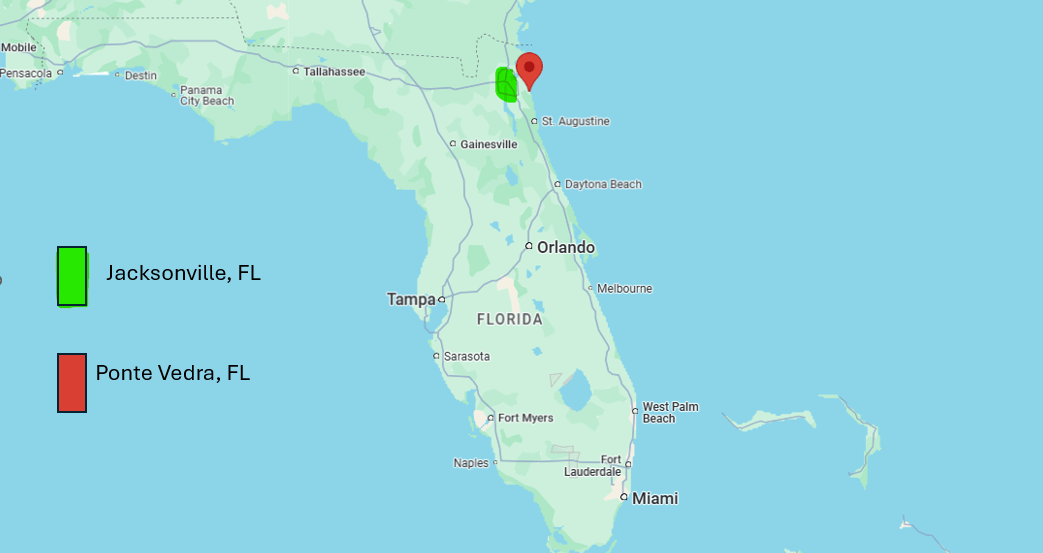
Jacksonville, Florida
A Coastal Escape: Where Ponte Vedra Beach Sits on the Map and Why It’s a Florida Treasure

Jacksonville, Florida
A Hidden Gem for Homebuyers
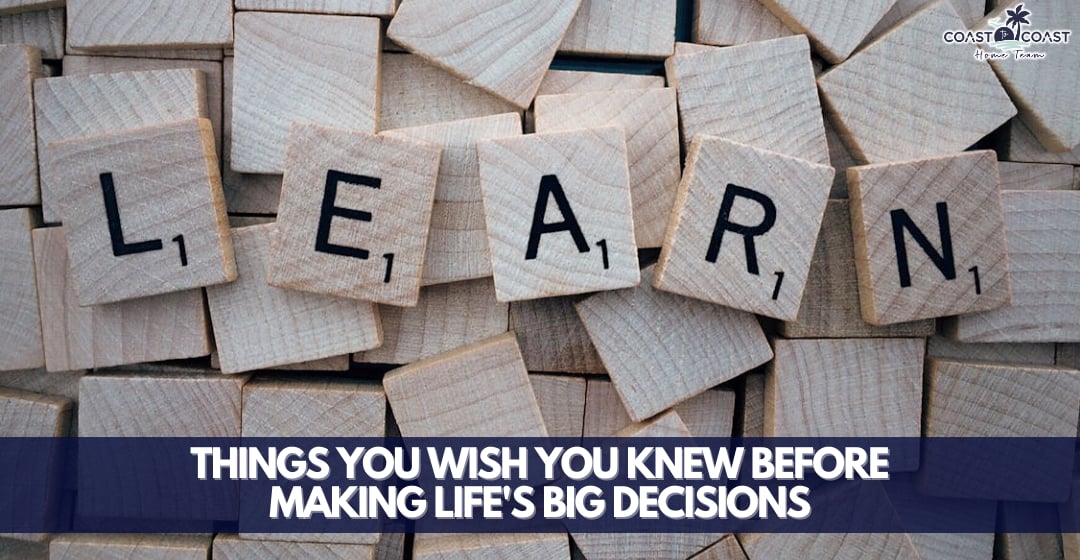
Insights to Help You Avoid Regrets and Embrace Life’s Big Decisions with Confidence

Proactive Tips to Protect Your Home, Health, and Car from Winter's Wrath
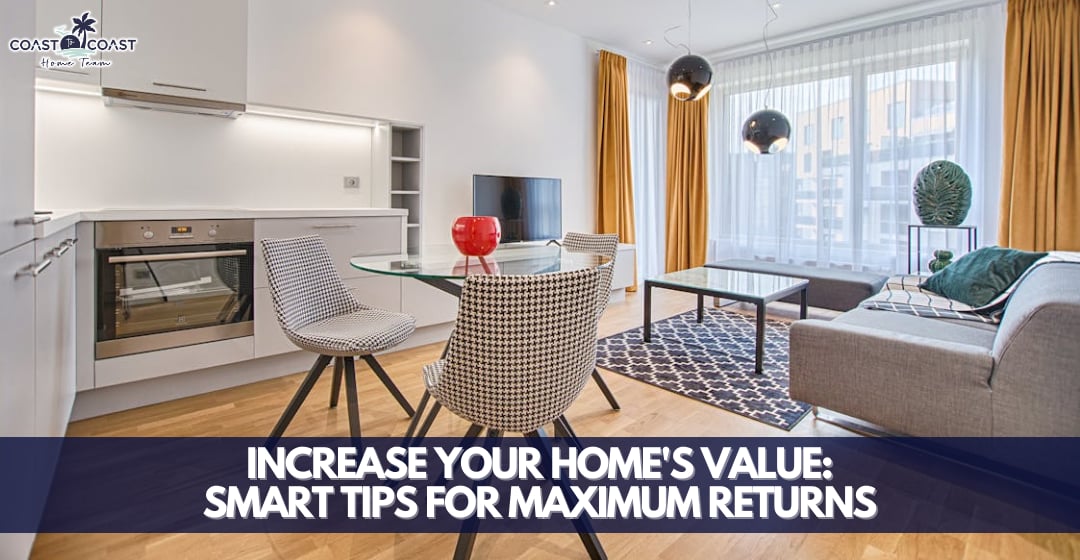
Transform Your Space: Easy Upgrades to Maximize Your Property’s Market Appeal
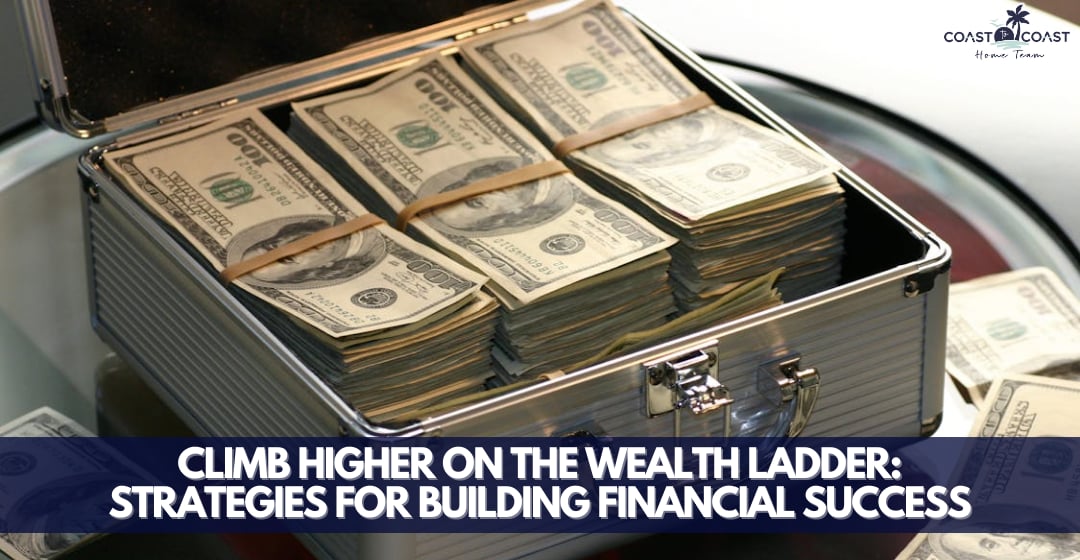
Strategic Tips to Elevate Your Financial Success and Build Lasting Wealth
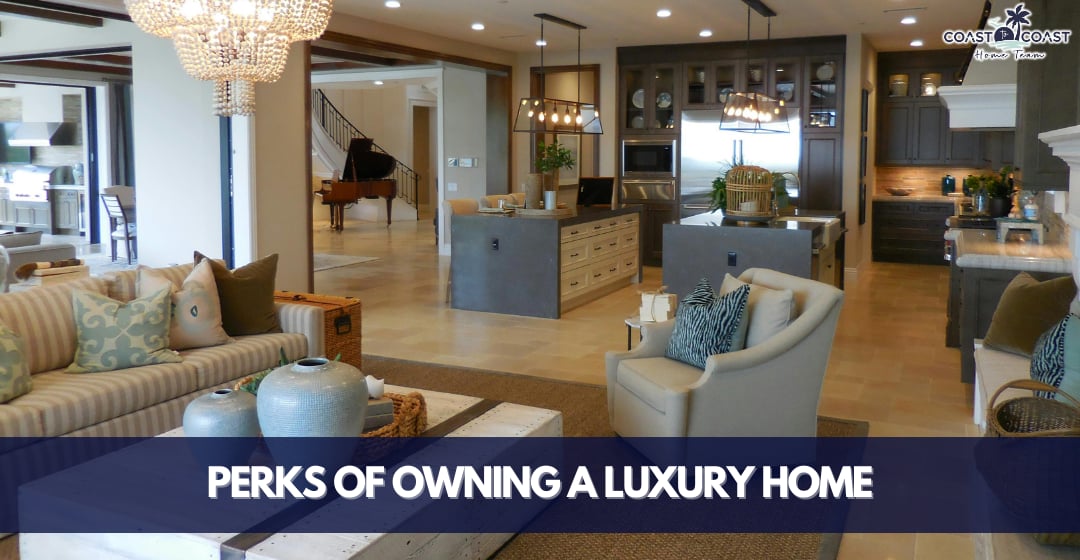
Why Purchasing a Luxury Home Is More Than Just an Investment
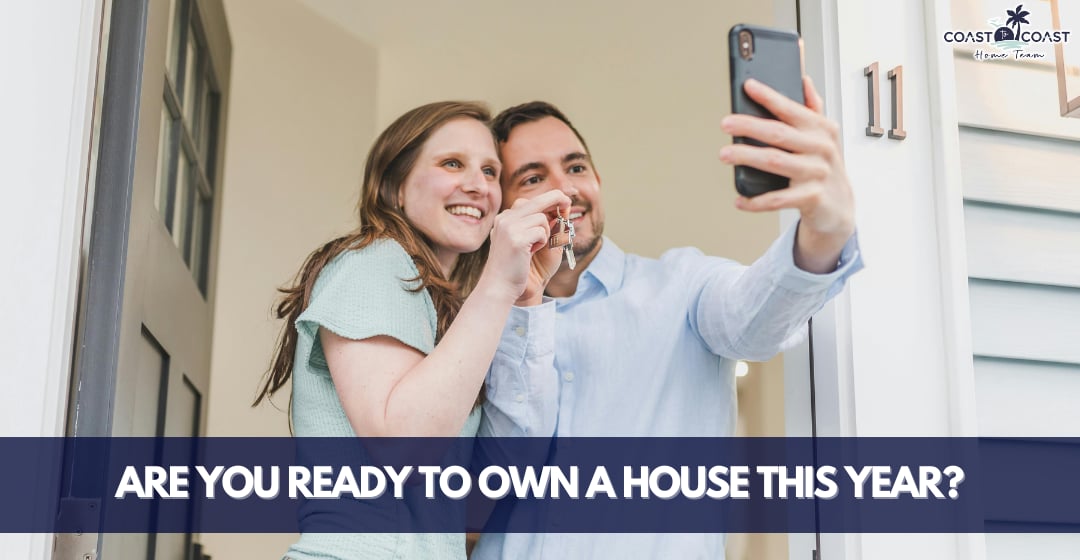
Your Guide to Deciding if 2025 Is the Year to Step into Homeownership
Over twenty years of comprehensive experience in direct sales, marketing, and management within the real estate industry. I enjoy entrepreneurial activities creating awesome opportunities for others, building client relationships as well as relationships with business partners and employees.